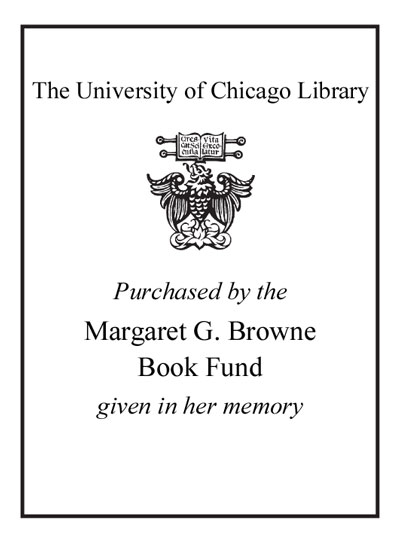Review by Choice Review
With Purgatory, preceded by Hell: The Logic of Damnation (1992) and Heaven: The Logic of Eternal Joy (CH, Mar'03, 40-3970), Walls (emer., Notre Dame) brings to completion his three-volume historical and theological survey of the afterlife. Here he explores ways that purgatory has been construed within Roman Catholic and Protestant circles, with an eye to finding an ecumenical view satisfactory to both. Walls traces the doctrinal emergence of purgatory from its biblical hints through the patristic visions of Origen, Augustine, and Gregory the Great to its medieval flowering (Aquinas and Dante) and official acceptance. Protestant rejection of purgatory in the Reformation era by Lutheran, Reformed, and Wesleyan traditions gives rise to a discussion of the prospects for a more positive and accepting view of purgatory among Protestants. The book discusses models for understanding the purpose of purgatory in the afterlife and how the postmortem vestiges of sins are purged either through satisfaction by, sanctification of, or a "second chance" for sinners to complete the spiritual transformation that will fit them for heaven. C. S. Lewis's "mere purgatory" is then offered as a model for finding common ground on a controversial doctrine, bringing to conclusion this thoughtful, illuminating study. Summing Up: Recommended. Upper-level undergraduates and above; general readers. B. M. Stephens emeritus, Pennsylvania State University, Brandywine Campus
Copyright American Library Association, used with permission.
Review by Choice Review

